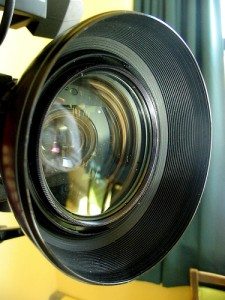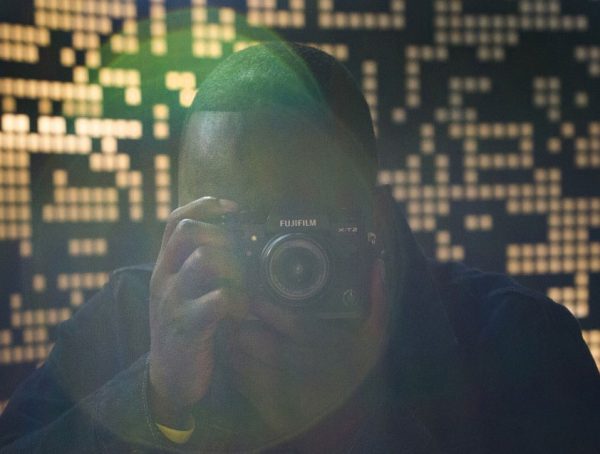 When and where is it OK to shoot video without getting permission? Can generic file video get you in legal trouble? These kinds of questions come up in newsrooms all the time and often lead to heated debates. Next time, check the Photographers’ Guide to Privacy produced by the Reporters Committee for Freedom of the Press. It has all the answers, in general, and even includes sections on specific state laws.
When and where is it OK to shoot video without getting permission? Can generic file video get you in legal trouble? These kinds of questions come up in newsrooms all the time and often lead to heated debates. Next time, check the Photographers’ Guide to Privacy produced by the Reporters Committee for Freedom of the Press. It has all the answers, in general, and even includes sections on specific state laws.
The guide breaks privacy law into four main categories: unreasonable intrusion, public disclosure, false light and misappropriation. But here’s the bottom line:
Generally, what can be seen from public view can be photographed without legal repercussions. Photographs taken in private places require consent.
Sounds simple, but it isn’t always. It may depend on who consents. You have to be sure that the person who gives the OK actually has the authority to do so. In some states, for example, a journalist can’t enter a private home unless the person living there approves–even if a landlord, police officer or fire official grants permission. And being allowed in does not mean you’re automatically allowed to shoot. To be protected under the law, you need to specifically ask for consent to photograph.
And video doesn’t have to be broadcast or streamed online for a photojournalist to be liable for intrusion. “Intrusion can occur as soon as the image is taken,” the guide says. That could make it risky to shoot first and ask for permission later.
NOTE: The information presented here is not intended to be legal advice. Please consult a lawyer if you want professional advice for your particular situation or state.
Even if you shoot video in a public place, the guide warns, “beware of the context in which the picture is placed.” Let’s say you’re doing a story about Internet porn. Generic video or file footage of people using computers might imply that those individuals are accessing porn, even if what you say in your narration makes it clear they aren’t. That’s false light and it can cost you.
One station I know of got in serious trouble for using generic video of people eating in public in a story about a high fat diet being linked to breast cancer. In the aftermath, the news director put out this simply worded policy:
Do not use generic cover video that includes people who are 1) not directly connected to our story but are 2) easily identifiable and 3) may not be aware they are being photographed. In cases where it is reasonable to do so, let people know you are photographing them. Never use video that could be embarrassing to someone not connected to the story you’re telling. Use great care in editing not to passively violate someone’s privacy. When in doubt–leave it out.
Misappropriation involves using a person’s image for monetary gain without that person’s permission. Using news video in a commercial could open a station up to a privacy claim, but that’s not the only potential problem. Even if you can legally use a piece of video on your newscasts, if you sell it or trade it for something of value, like network satellite time, you could be liable.
The RCFP guide covers lots of other possible situations. Read it, bookmark it, share it.









1 Comment
[…] This post was mentioned on Twitter by Deborah Potter, Jacob Curtis and Eric Garner, allsocialthings. allsocialthings said: Photography, privacy and the law | NewsLab http://bit.ly/ijClON […]